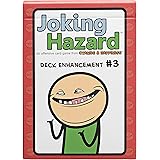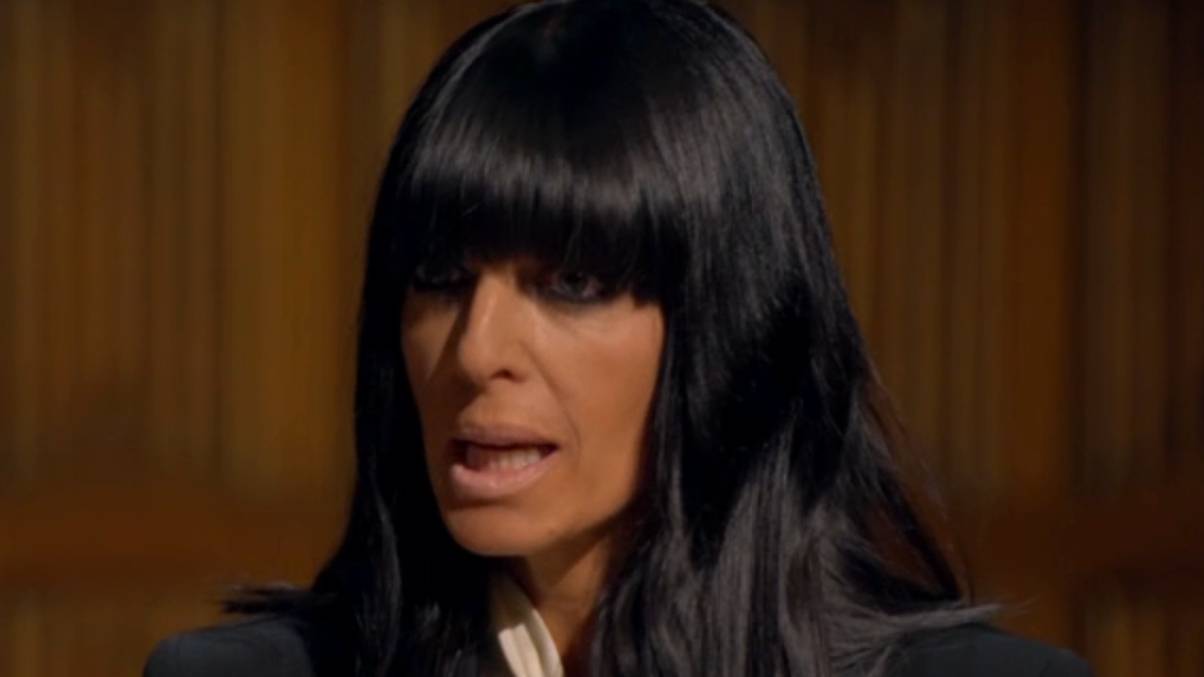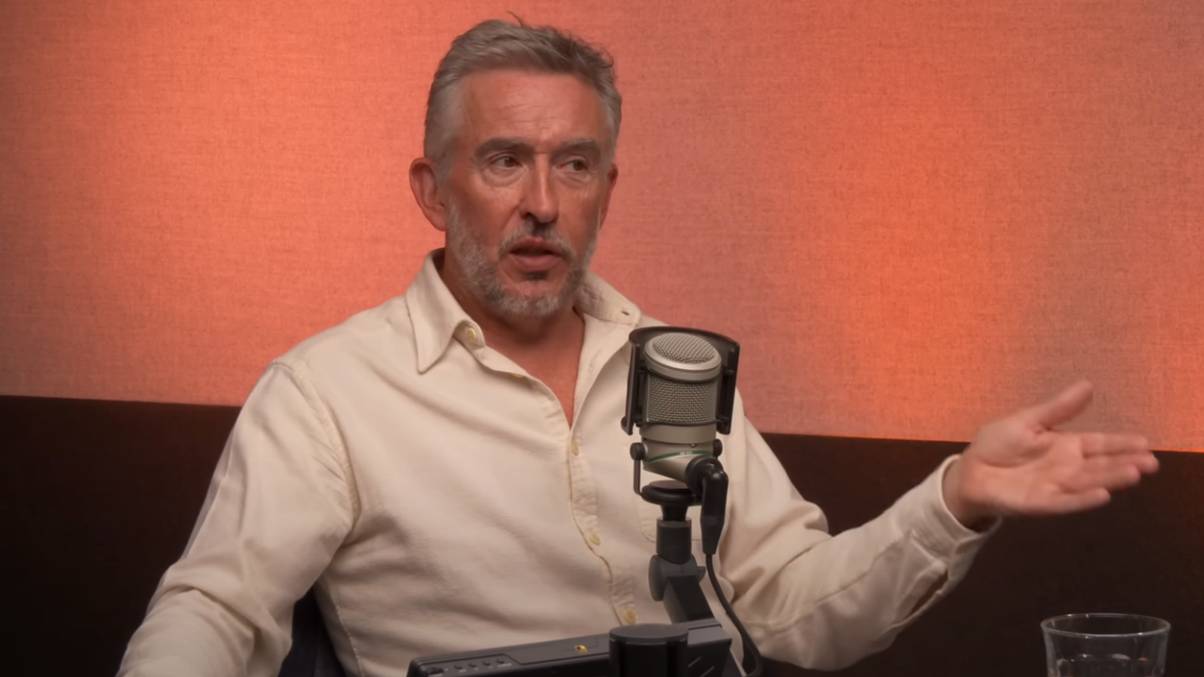Interstellar’s True Ending Revealed: The Physicist Behind the Film Breaks His Silence
Ever found yourself laying awake at 3 a.m. trying to parse the last 20 minutes of Interstellar, then giving up and blaming it on, oh, say, fifth-dimensional culprits? Me too—and apparently, we’re not alone. The movie might’ve been marketed as a space epic, but let’s be honest: that ending has kept us orbiting confusion ever since. Enter Kip Thorne, the neatest theoretical physicist you’ll ever meet (who, by the way, also won a Nobel Prize and hung out with Christopher Nolan—a power duo if I’ve ever seen one). Like some gravitational ghostbuster, Thorne just dropped the real explanation behind those wild, wormhole-shenanigans and what actually happened to Cooper and Murph. Turns out, there’s more to the tesseract than just an endless bookshelf and a heap of fan theories gone rogue. Are you ready to finally stop blaming your math grades for not “getting” it? This article’s got all the answers straight from the physicist’s mouth. LEARN MORE
A theoretical physicist who wrote the Interstellar book released alongside Christopher Nolan’s film has explained what really happens in the ending, as many of us still don’t get it.
Kip Thorne, a Nobel Prize winning theoretical physicist and an executive producer of Interstellar, also worked as a scientific consultant on the film.
The sci-fi is centred around former NASA pilot Cooper (Matthew McConaughey) who embarks on a mission to find a new habitable planet.
Cooper and a team of astronauts then head on a journey through a wormhole near Saturn in search of life-supporting worlds.
Interstellar ending explained

The Interstellar ending was a confusing watch back in the cinema (Warner Bros.)
At the end of the film, Cooper sacrifices himself by detaching his spacecraft and falling into a black hole so the other astronauts could continue towards the planet.
Inside the black hole, he enters a tesseract where he communicates with his daughter Murph (Jessica Chastain) across time.
“Okay, so when he gets inside the black hole, he is scooped up by a spacecraft that was built by this advanced civilisation that provided the wormhole to him and to humanity,” Thorne told Neil deGrasse Tyson on the StarTalk Plus podcast last year (3 December).
“And it’s called the tesseract, and it’s a four dimensional cube or spatial dimension, and that’s why, in there you saw, I guess, the past and future all kind of related, very higher dimensional.”
In the end, Cooper is rescued and wakes up on a space station called Cooper Station, named after Murph.
Christopher Nolan’s request for Interstellar’s ending

Christopher Nolan wanted a different ending (Warner Bros.)
Thorne, 85, said that Nolan wanted to bring Cooper back to Earth by a different route than the wormhole ‘faster than the speed of light’. But the scientist said this wasn’t possible, and that the only way it would work is if ‘he goes inside the black hole’.
“He gets deposited on the three dimensional surface of a four dimensional sphere. And this four dimensional sphere is a spacecraft that can go into the higher dimension, and it goes out of the black hole, not through the horizon,” he explained.
“It can’t do that [it goes] up through the fourth space dimension, or what’s called the fifth dimension in the movie this time is the fourth dimension, and goes back to Earth.
“And the distance back to the Earth is less than the distance between the Earth and the Sun, even though it’s 10 billion light years inside of our universe, up in the bulk, it’s a very short distance. And so we can get back.
“He gets back very quickly, riding on the surfaces four dimensional sphere.”
Thorne said that the director was on board but wanted ‘to use a four dimensional cube instead of a four dimensional sphere’.
“That’s a tesseract, and so that’s what happens.” Thorne said.
He went on to say that the scene of Cooper ‘flailing around’ is actually him ‘being carried by the tesseract back to Earth’ before the tesseract is ‘docked’ in Murph’s bedroom – finally answering the question of who Murph’s ‘ghost’ was.



















